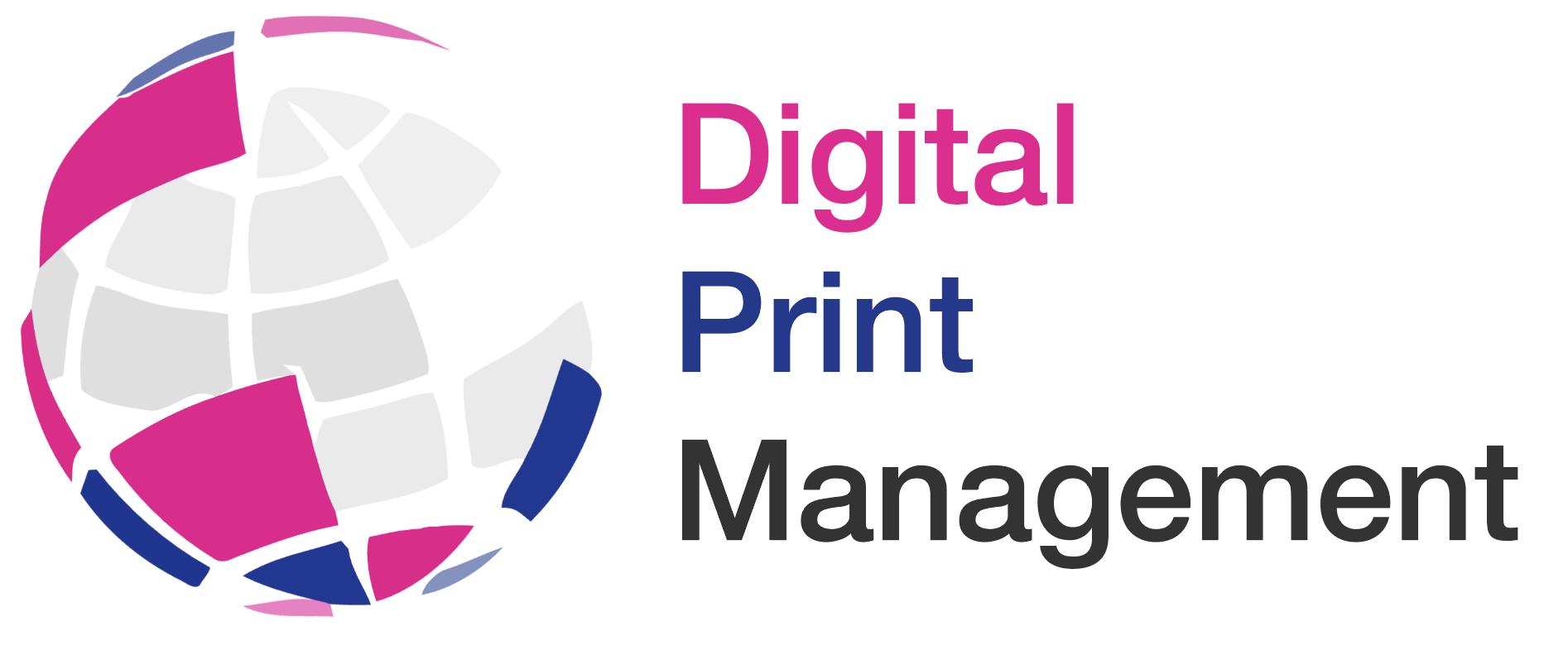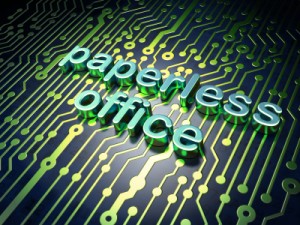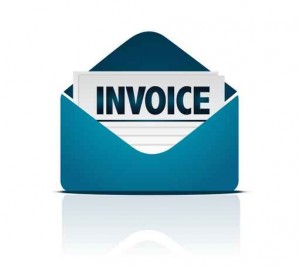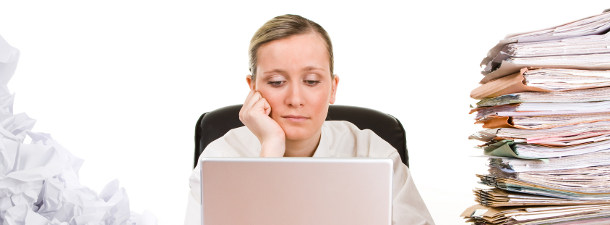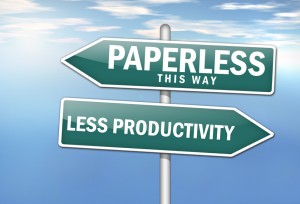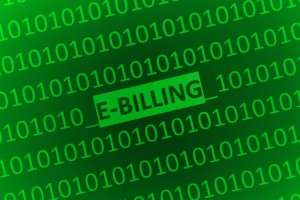I was challenged recently by a customer who suggested that sending information electronically rather than using printed media is more socially responsible and better for the environment.
When I quizzed him on his understanding of how paper is produced, it’s overall contribution to our lives in general and that trying to eliminate paper entirely from an organisation whilst might be considered eco-friendly to the outside world is actually misleading and detrimental to the paper manufacturing and print industry.
There are many myths and misconceptions that print, paper, direct mail, newspapers and just about any other paper based product is having a knock on affect on the environment.
Ask yourself this question –
When was the last time you read a sales email from start to finish before you then hit the delete button?
How many unsolicited emails do you get VS direct mail pieces?
How do you react to receiving a highly personalised direct mail piece, so well targeted you’d almost think it’s been produced especially for you as opposed to an unpersonalised unsolicited email?
Paper and electronic/digital can co-exist in our world and can synchronise very well indeed, thank you! The paper less office has been talked about since I entered the print industry, over twenty years now.
Customers think they want a fully integrated electronic solution that communicates with the customer by eliminating the need for sending anything that is paper.
Why?
Because there is the long held belief that electronic communication is more environmentally friendly than print and paper and will save an organisation time and money.
Go paperless, don’t print this email, go green are common strap lines we’ve become accustomed to with organisations, corporations and utility companies perpetuating the myth that by communicating electronically they are saving money and helping the environment.
But organisations who relentlessly support a paperless project or goal do so without understanding all the facts and in my experience without really understanding why they are doing it.
There is no consultation with their customer, no preferences are provided, in other words they ‘tell’ the customer they are phasing out or removing paper bills and migrating to electronic methods of communication without asking the permission of their customer or at least asking them to opt in to the idea, which is better for them – paper or electronic.
- Electronic waste is now the fastest growing component of the municipal waste stream
- The amount of electronic products discarded globally is 20-50 million tonnes every year
- Across Europe, e-waste is increasing at 3-5% per annum, three times faster than the waste stream (Source: Greenpeace – The e-waste problem, 2013)
Print and paper is wood based, a natural and renewable resource with over 70% of print and paper being recycled in europe for reuse.

Paper is a natural and renewable resource. Over 70% of print and paper is recycled in Europe for reuse. It is NOT a wasteful product.
Newspapers, magazines, leaflets, even car show rooms insist they no longer have a hard copy brochure available and are using cost and the environment as the perfect excuse. These messages brand paper as an unsustainable commodity and unnecessary in the every day scheme of things.
Fact – Paper is made from renewable resources, recyclable and produced by and environmentally conscious industry whose future is dependent on planting more trees than it consumes.
Fact – Forestry, paper and packaging are among the most sustainable industries in existence
Fact – Paper is based on wood, as young trees grow they absorb CO2 from the atmosphere. Paper as a wood product continues to store carbon through its lifetime. A well managed forest, used and re-planted, absorbs more carbon dioxide than a mature forest consisting of older trees.
Fact – The paper industry has certification schemes ensuring the paper you use has come from a sustainable forest source. There are 30 schemes in place, the two most prominent and audit-able certifications are the FSC (Forest Stewardship Council) which provides a global standard for forest management including environmental, social and economic well being of the forest communities and ecosystems. The PEFC (Programme for the endorsement of forest certification) is a certified tracking mechanism designed to ensure that from forest to final product the wood and wood fibre can be traced back to certified forests.
Fact – Paper production is not a cause of deforestation world wide
Fact – European forests are 30% larger than in 1950
Fact – The annual increase of forest cover in Europe is equivalent to 1.5 million football pitches
Fact – The european recycling rates for paper reached 72% in 2012, the highest ever recorded
Fact – Between 1990 – 2010, 870 million tonnes of CO2 have been removed by european forests equivalent to 10% of the greenhouse gas emissions (source: MCPFE, state of europe’s forests 2011)
Fact – 90% of deforestation is caused by unsustainable agricultural practices
(Source:www.twosides.info)
There you have it a quick synopsis of why paper should not be discounted when considering a move to electronic methods of communication with your customer.
Moreover it is fool hardy to brush aside paper as if it’s no longer an essential commodity?
Picture the paperless toilet!

Mum where’s the loo paper gone?
Paper and electronic means of communicating can co-habit but rather than asking which is better, paper or electronic, users need to be re-educated into thinking what mode of communication best serves the customers interests and how can the two work together to deliver the right result?
As for my customer, he scratched his head and said “perhaps we need to think through our so called paper reduction strategy some more?”.
What do you think? Has paper had it’s day?
Are you still using paper in your offices?
Do you operate a paperless office but realistically still have paper on your desk?
Please do share your thoughts with us.
If you have achieved your ideal of going paperless or paper is still a very important part of your business let us know and we will write you up as a case study.
If you want more information about dispelling the myths of paper and print head over to www.twosides.info
Please follow us on twitter, facebook and Pinterest or connect with us on Linkedin and Google+
